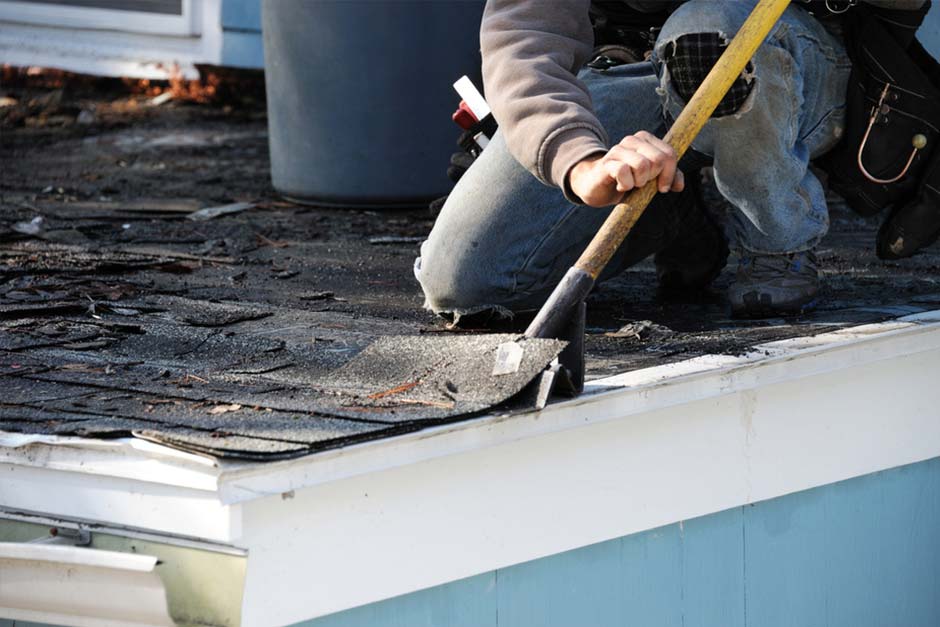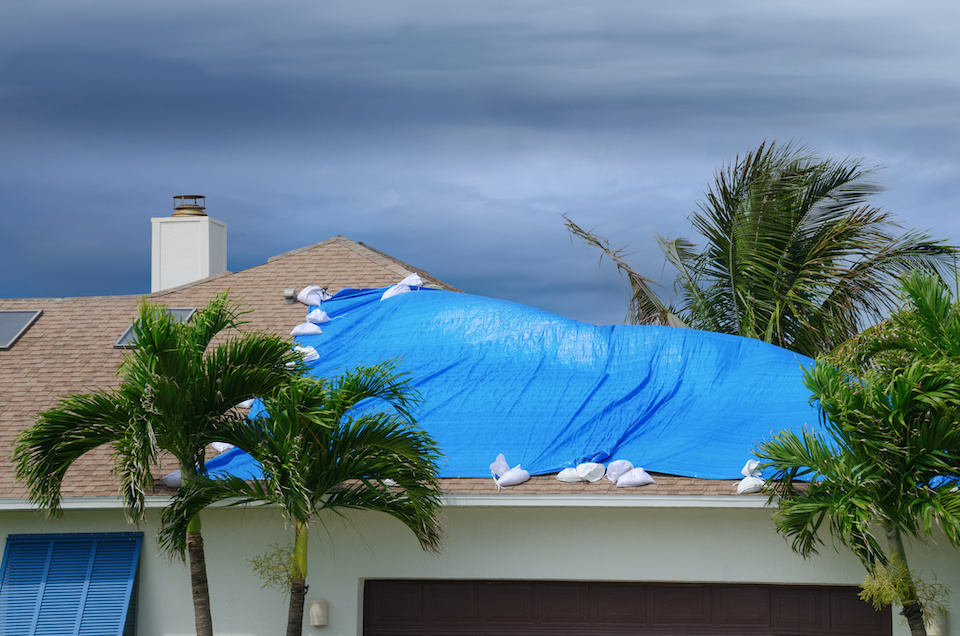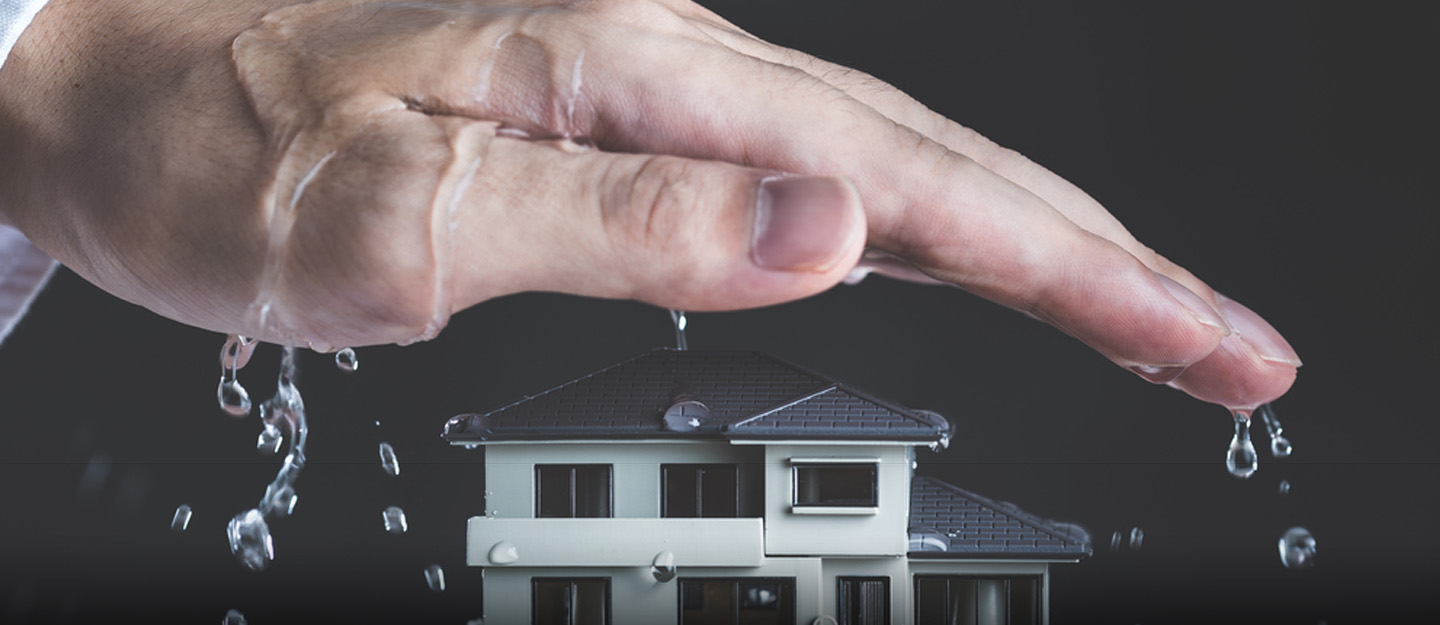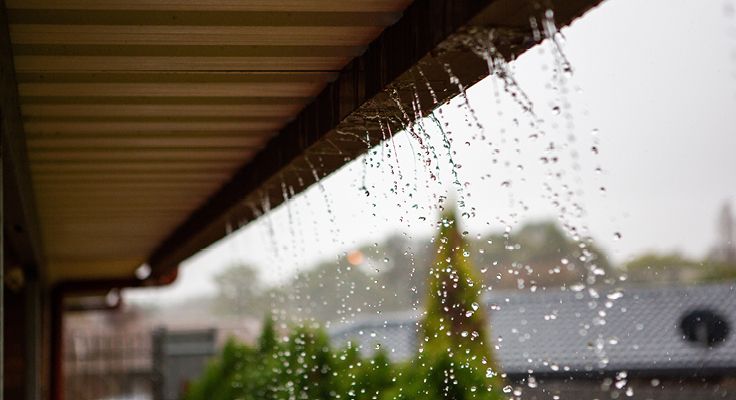Recognizing and Responding to Roof Leaks: What You Need to Know
Identifying and addressing roof leaks is crucial for homeowners in Hawaii, where the climate can contribute to roofing issues. Early recognition of a leak is key to preventing more significant damage. Major signs include water stains on ceilings or walls, mold or mildew growth, and dampness in the attic. If you notice any of these signs, it’s important to act quickly.
Responding to a roof leak involves first identifying the source of the leak, which can be challenging. Look for missing, damaged, or aged shingles, or areas where water might be penetrating due to faulty flashing or seals. Once the source is identified, protect the interior of your home by collecting the water in buckets and moving furniture or other items away from the leak.
It’s important to contact a professional roofing contractor for a thorough inspection and repair. While temporary fixes can be applied, a professional can ensure that the root cause is addressed, preventing future leaks and potential structural damage to your home.
Emergency Roof Leak Repair: Immediate Actions and Solutions
In the event of an emergency roof leak, immediate action is necessary to mitigate damage, especially in Hawaii where unexpected rain showers can occur. The first step is to contain the leak inside the house to prevent water damage to the interior. Place buckets or containers under the leak and use towels or rags to soak up water.
Next, assess the situation from the outside to determine if a temporary fix is possible. For safety, this should only be done in mild weather conditions. Covering the leak with a waterproof tarp is a common temporary solution. Secure the tarp with ropes or heavy objects to keep it in place until professional help can be obtained.
It’s crucial to contact a roofing professional as soon as possible. They can provide a more permanent solution and assess if there are other underlying issues with the roof. In emergency situations, many roofing companies offer rapid response services to address the issue promptly and effectively.

Cost Considerations for Roof Leak Repairs: What to Expect
The cost of roof leak repairs in Hawaii can vary widely depending on the extent of the damage and the type of roofing material. Minor repairs, such as fixing a small leak around a chimney or vent, can be relatively inexpensive. However, if the leak has caused extensive damage to the roof structure or interior of the home, the repair costs can be significantly higher.
Factors that influence the cost include the size of the leak, accessibility of the roof, the roofing material, and labor costs. Additionally, if the leak has led to mold, rot, or structural damage, these issues will need to be addressed, adding to the overall cost.
It’s advisable to get multiple quotes from reputable roofing contractors to ensure you are getting a fair price. Many contractors offer free inspections and quotes. While cost is an important factor, it’s also crucial to consider the quality of work and reputation of the contractor, as a poorly done repair can lead to more costs in the long run.
DIY Techniques for Temporary Roof Leak Fixes
For homeowners in Hawaii who are comfortable with DIY solutions, there are temporary techniques to address roof leaks until professional repairs can be made. It’s important to note that these are short-term fixes and a professional should eventually assess the roof.
One common method is using a waterproof tarp. Cover the impacted area with a sufficiently large tarp and secure it with ropes or heavy weights. Ensure the tarp extends over the ridge of the roof to prevent water from running underneath it.
Roofing cement can also be used for small leaks. Apply it around chimneys, vents, or other areas where leaks are common. Patching materials available at hardware stores can be used for small holes or cracks.
When attempting DIY repairs, prioritize safety. Use a sturdy ladder, wear non-slip shoes, and avoid working on the roof in wet or windy conditions. If the damage is extensive or if you are unsure of how to proceed, it’s best to wait for professional help.

Professional Help for Roof Leaks: When to Call the Experts
Knowing when to call in professional help for roof leaks is crucial for maintaining the integrity of your home, especially in Hawaii’s variable weather conditions. While small, visible leaks might be temporarily manageable with DIY methods, there are situations where expert intervention is necessary.
You should call professionals if the leak is extensive, the source of the leak is not identifiable, or if there are multiple leaks. Additionally, if your roof is particularly high or steeply pitched, it’s safer to rely on experts equipped to handle such conditions. Professionals are also needed if the roof is under warranty, as DIY repairs could void it.
Expert roofers have the skills and tools to diagnose and repair leaks effectively, ensuring long-term solutions rather than temporary fixes. They can also assess if the leak has caused structural damage that needs addressing beyond the surface level. Timely professional intervention can prevent minor leaks from developing into major issues, ultimately saving money and preserving the structural integrity of your home.
Understanding the Causes and Types of Roof Leaks
Understanding the causes and types of roof leaks is vital for effective prevention and repair. In Hawaii, common causes of roof leaks include weather-related damage from high winds and heavy rains, which can dislodge or damage shingles and flashing. Age-related wear and tear is another factor, as roofing materials deteriorate over time, making them more susceptible to leaks.
Types of roof leaks can vary. Some common ones include leaks at flashing points, where the waterproofing seal has broken down, and leaks around fixtures like chimneys and vents, where seals can deteriorate. Poorly installed or aged shingles can also lead to leaks, as can clogged gutters, which cause water to pool and seep under roofing materials. Regular inspections and maintenance can identify potential problems before they lead to significant leaks.
Preventive Measures: Avoiding Ceiling Leaks During Heavy Rain
Preventive measures are key to avoiding ceiling leaks, particularly during Hawaii’s heavy rain seasons. Regular roof inspections are crucial. These should include checking for damaged or missing shingles, ensuring that flashing is intact and secure, and verifying that gutters and downspouts are clear of debris to allow free flow of water.
Proper insulation and ventilation in the attic are also important. This can prevent the buildup of heat and moisture which contributes to roof deterioration over time. Sealing any gaps or holes in the roof with appropriate materials can prevent water entry.
Having a professional apply a waterproof sealant on the roof can provide an additional layer of protection against leaks. Such preventive maintenance not only helps avoid leaks but can also extend the life of your roof, making it a wise investment for homeowners in Hawaii.
Detecting and Addressing Water Damage from Roof Leaks
Detecting and addressing water damage from roof leaks early is crucial to prevent more severe issues like structural damage or mold growth. Signs of water damage include discolored spots or peeling paint on ceilings or walls, a musty odor, and visible mold or mildew.
Once water damage is detected, the first step is to find and stop the root of the leak. If the damage is extensive, it’s advisable to contact professionals for repair and restoration. They can properly dry out the affected area, which is vital to prevent mold growth.
Replacing damaged insulation and drywall might be necessary to restore the integrity of your home. In cases of mold, professional remediation is often required to ensure it is thoroughly and safely removed. Addressing water damage promptly not only restores the aesthetic appeal of your home but also ensures a healthy living environment and maintains the structural integrity of your property.
Tools and Materials: Essentials for Fixing a Leaky Roof
Having the right tools and materials is essential for effectively fixing a leaky roof. For homeowners in Hawaii, where roof leaks can be a common issue due to the climate, being prepared can make a significant difference. Essential tools include a sturdy ladder for safe access, a hammer, nails, a pry bar for removing damaged shingles, and a caulking gun for applying sealant. It’s also important to have a measuring tape for accuracy and safety equipment such as gloves and non-slip shoes.
Key materials needed for roof repair include replacement shingles that match the existing roof, roofing cement or sealant for sealing gaps and securing shingles, and flashing material for areas around chimneys or vents. For temporary fixes, a waterproof tarp can be useful to cover the affected area until professional repairs are made.
Having these tools and materials on hand can empower homeowners to address minor leaks quickly, potentially preventing further damage. However, for major repairs or if the roof is steep or high, it’s safer and more effective to call professional roofers.
Insurance and Warranties: Navigating Roof Leak Coverage
Navigating insurance and warranties for roof leak coverage is an important aspect of dealing with roof repairs, especially in Hawaii where weather conditions can lead to frequent issues. Understanding the specifics of your home insurance policy is crucial, as coverage for roof leaks can vary. Typically, insurance may cover leaks caused by sudden, unexpected events like a storm, but may not cover leaks due to wear and tear or lack of maintenance.
In addition to insurance, it’s important to be aware of any warranties on your roofing materials or workmanship. These warranties can provide additional coverage or compensation for repairs. Manufacturer warranties often cover defects in roofing materials, while workmanship warranties from the installer cover installation errors.
Homeowners should keep detailed records of all roofing installations, repairs, and regular maintenance, as these can be required for warranty or insurance claims. In the event of a leak, document the damage with photos and contact your insurance company as soon as possible to file a claim.
Long-Term Strategies for Preventing Future Roof Leaks
Implementing long-term strategies is key to preventing future roof leaks, an important consideration in Hawaii’s wet climate. Regular roof inspections are essential; ideally, these should be done twice a year and after major weather events. During inspections, look for damaged or missing shingles, cracked flashing, and other potential issues.
Proper maintenance is also crucial. This includes cleaning gutters and downspouts to prevent water buildup, trimming overhanging tree branches that can damage the roof, and replacing worn or damaged shingles and flashing as needed.
Another strategy is to consider upgrading roofing materials to those better suited to Hawaii’s climate, such as those with higher wind or water resistance. Proper ventilation and insulation in the attic can also prevent issues that lead to leaks, such as ice dams or condensation.
By taking these proactive steps, homeowners can significantly reduce the risk of future roof leaks, saving money and hassle in the long run.
Partnering with Professionals: Finding the Right Roof Repair Contractor
Finding the right professional roof repair contractor is crucial for effectively addressing roof leaks. In Hawaii, where the climate poses unique challenges to roofing, working with a skilled and experienced contractor is particularly important. Start by seeking recommendations from friends, family, or neighbors who have had positive experiences with roofers in your area.
When evaluating potential contractors, check for proper licensing and insurance, which are essential for legal protection and quality assurance. It’s also a good idea to look at online reviews and ratings, but consider them alongside other factors.
Ask potential contractors about their experience with roofing in Hawaii, specifically with issues similar to yours. Request detailed quotes and compare them, but be wary of quotes that seem unusually low, as they may indicate lower quality materials or workmanship.
Finally, ensure that the contractor offers a warranty on both materials and labor. A good warranty can provide peace of mind and protection against future issues. By carefully selecting a professional roofing contractor, you can ensure that roof repairs are done effectively and durably.


